Discover a World below Our World
Caving in Montana and Wyoming
Montana (and Northern Wyoming) is a great place to explore. From 12,000+ foot peaks, to rivers, lakes, and streams, to incredible geologic anomalies like the Rimrocks and the Pryor Mountains, there is a lot to do here. One of those things to do is to duck below the rocks, get below our world, and see what the world is like below the surface. I’m talking about caving.
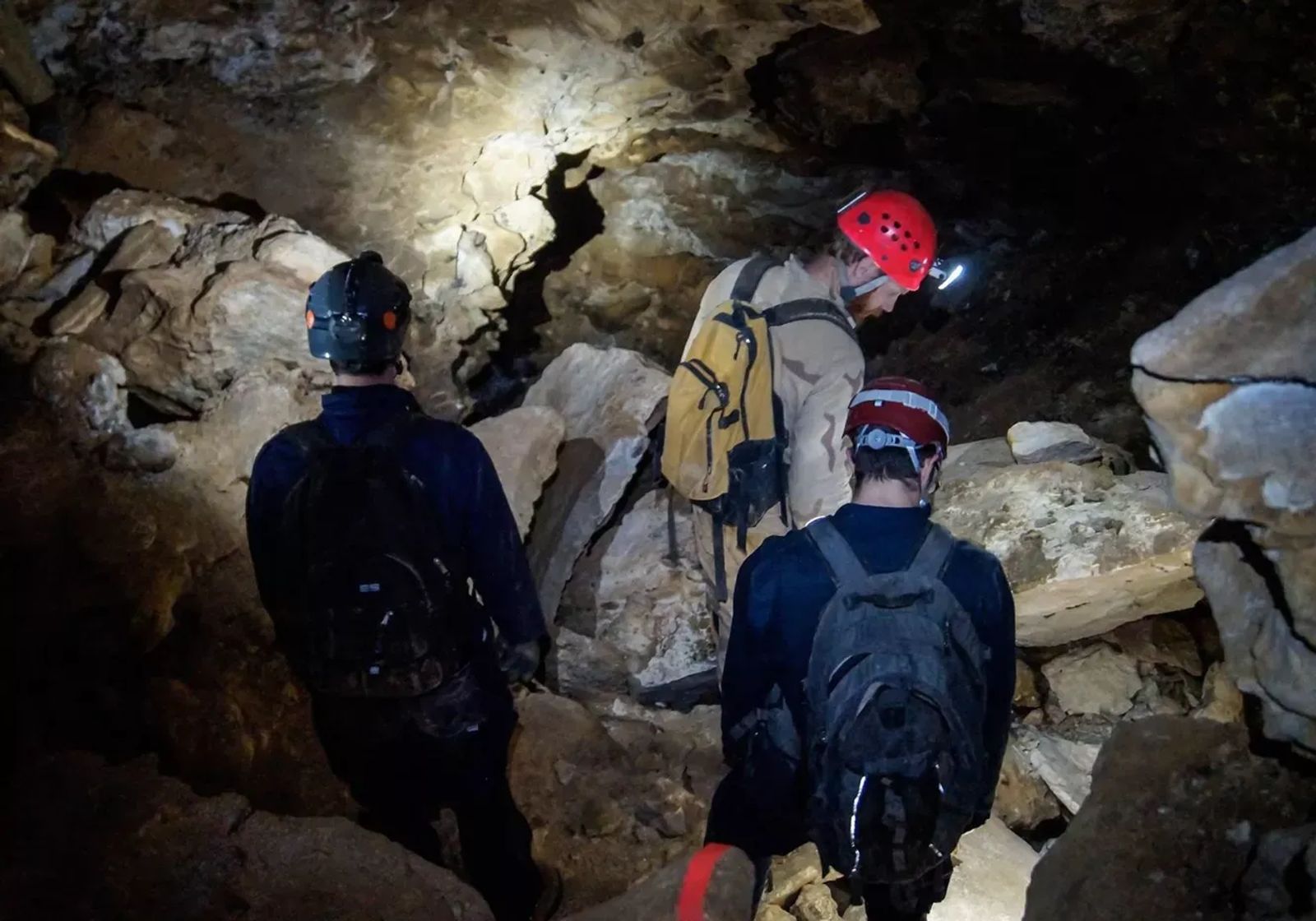
Caving, as any recreational caver will tell you, is not the same as spelunking. While spelunking is the technical term for the activity, cavers find the word unappealing. In our minds a caver is the true adventurist; the spelunker is the amateur. Regardless of what you call it, getting underground can be done in a variety of places to discover areas where few have tread before you.
Get Familiar at Lewis and Clark Caverns
Just under three hours west of here we have some amazing caverns that are open to the public. Lewis and Clark Caverns State Park is home to one of the most highly decorated (cave speak for having lots of formations) caverns in the entire Northwest. The park is open all year round, but you can only go into the caverns with a guided tour group between May 1 and September 30. For Montana residents the state park is free, but the tour will cost $12 per person (over the age of 12).
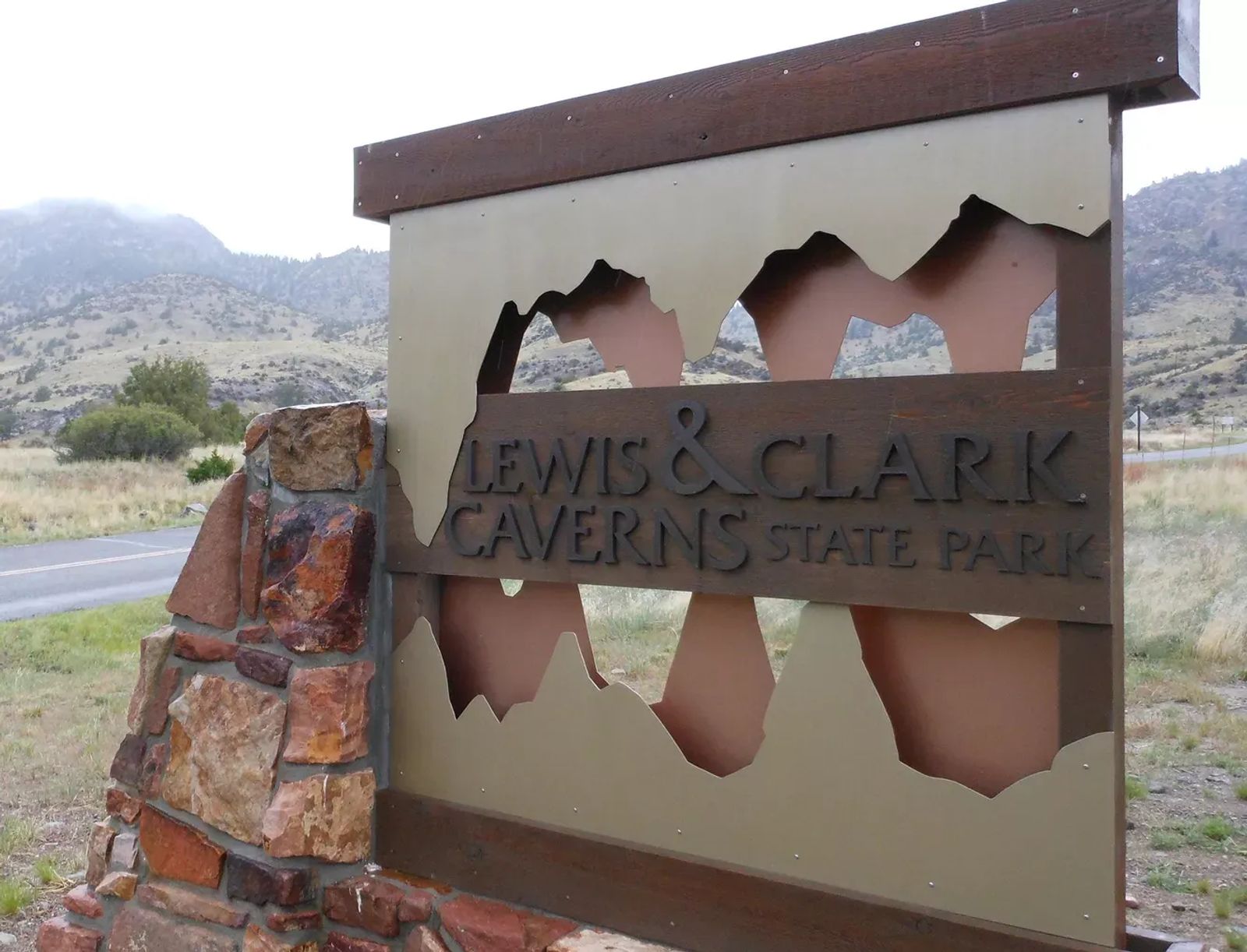
Despite being a guided tour through a “commercial” cave, it’s still a cave! If you read reviews there are a handful of negative ones complaining about the darkness, the tight quarters, and various other aspects. There is a path, there is no need for ropes, but there are areas you have to duck through or even slide on your rear end. It’s a great foray into the world of caving.
Test Your Skills in a Small Cave
After going through a guided tour, you now know what it’s like to be underground. Now it’s time to break away from the tour group, and see what it’s like in a cave without electricity, without a paved path, and without a tour guide showing you where to go. Find a small cave, there are plenty of them around, with a friend, acquaintance, or a member of the Northern Rocky Mountain Grotto, and test your skills.
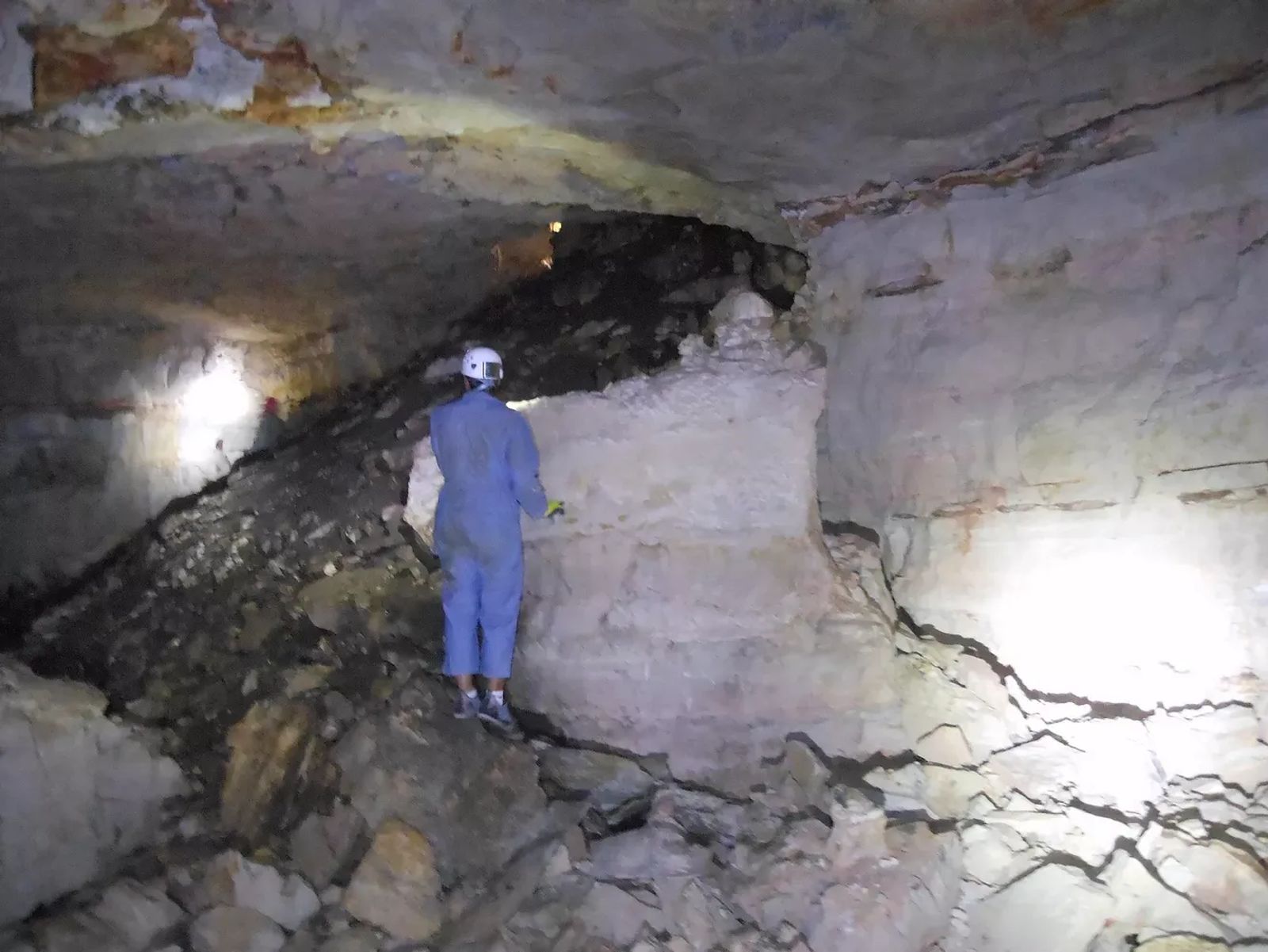
Small caves aren’t terribly difficult (aside from those that have pits to rappel into, or water sections). What makes bigger caves harder is the twists and turns, and the possibility of getting lost. Learn some marking techniques, and take the proper gear, and you can slowly work your way up to a bigger cave.
Go with a Guide to the Bighorn Cave
In the Bighorn Mountains lies the largest cave system in Montana and Wyoming. Both states have to be included since the caverns run directly under the border between the two states. The Bighorn Cave, mere yards into Montana, is accessible only with a permit and a key. Even then you have to rappel 60 feet or so down the entrance pit (naturally, to get out you have to ascend back up). For protection reasons, if you have never been in this cave before, you have to go with a guide.
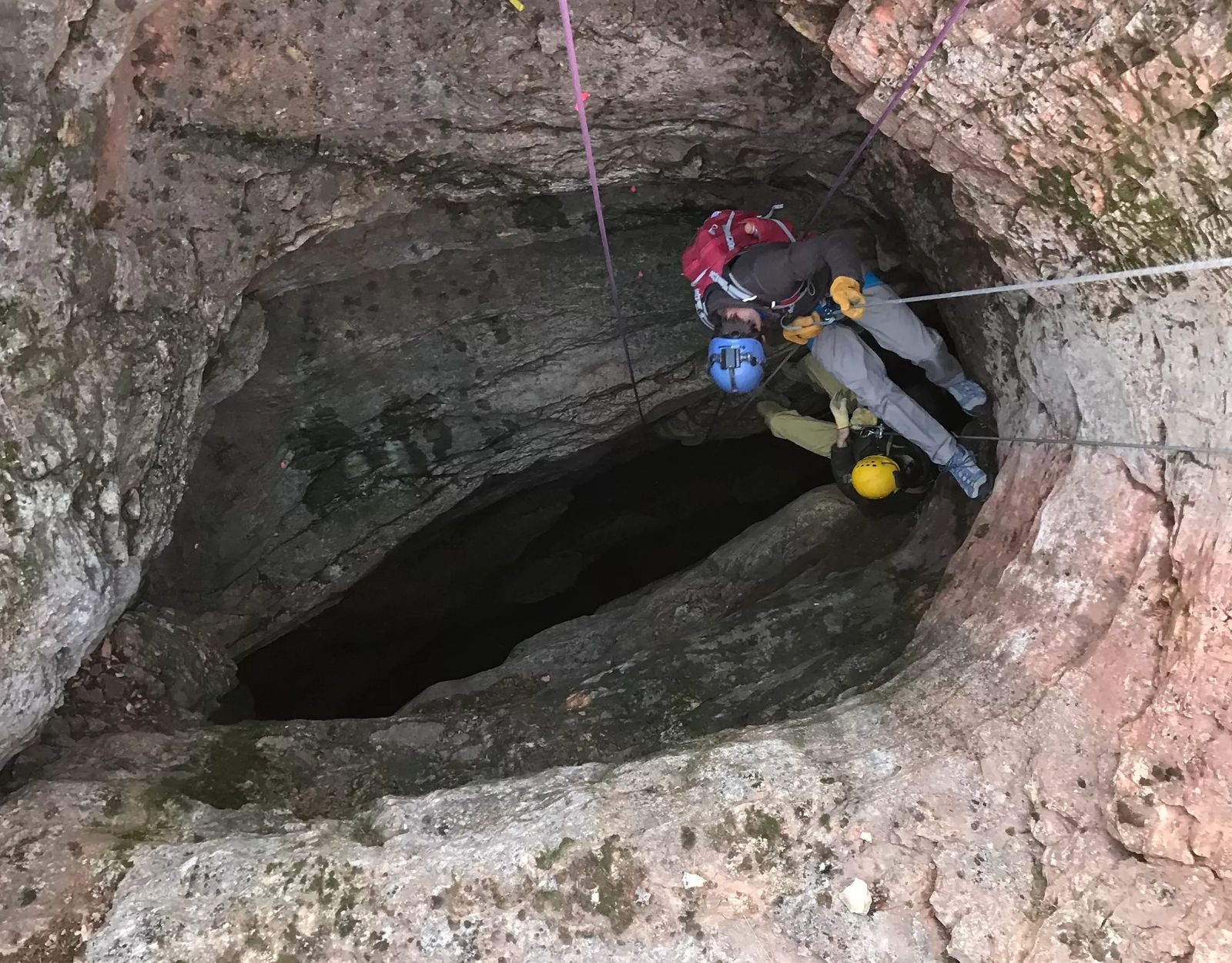
A guide, however, will be in your best interest. The guide will be able to direct you to different areas, point out cool formations, and help you make your way deep into the cave, and more importantly back out. There are some giant rooms, and some super tight squeezes, so be prepared to use a big range of your caving skills.
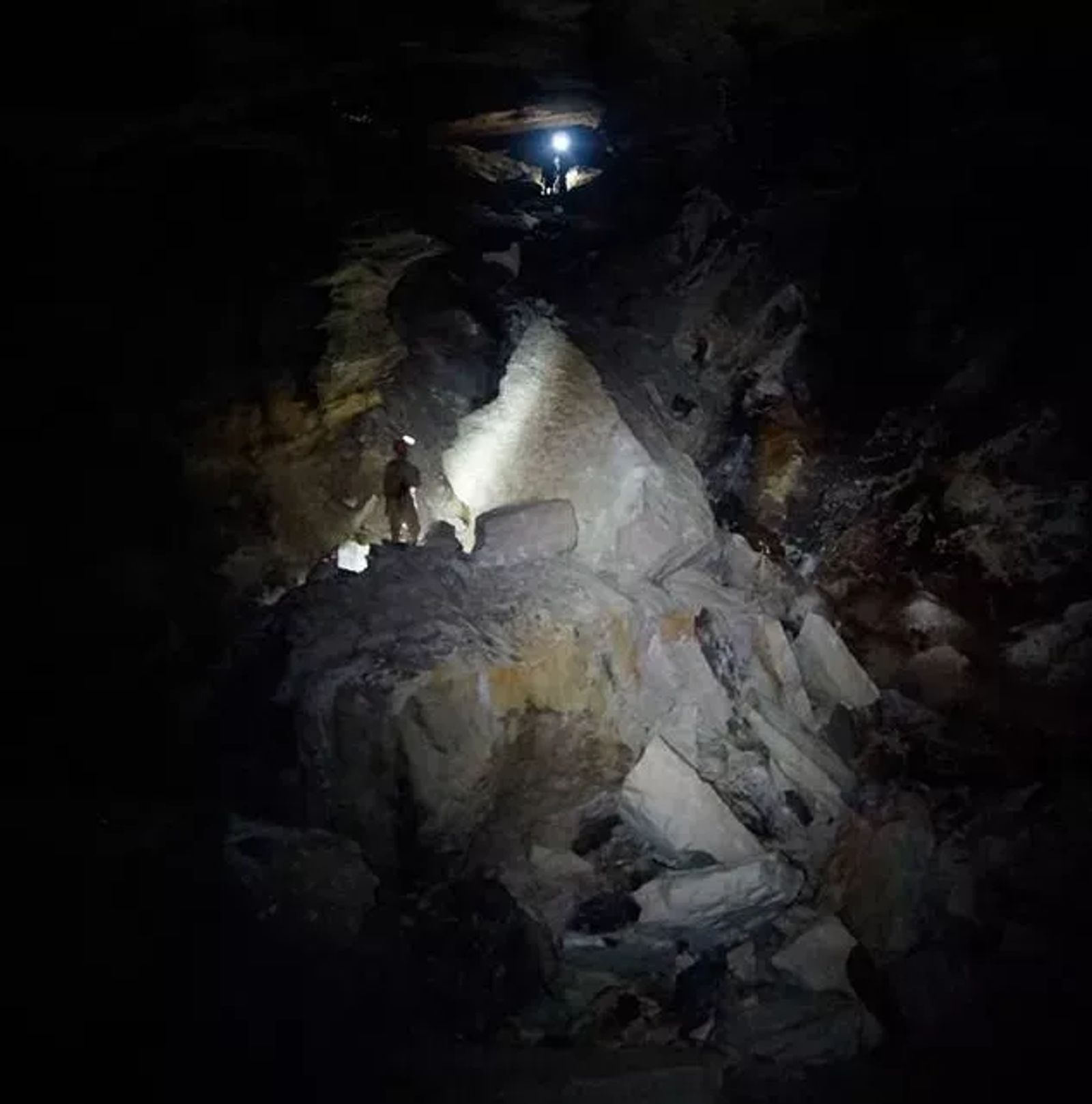
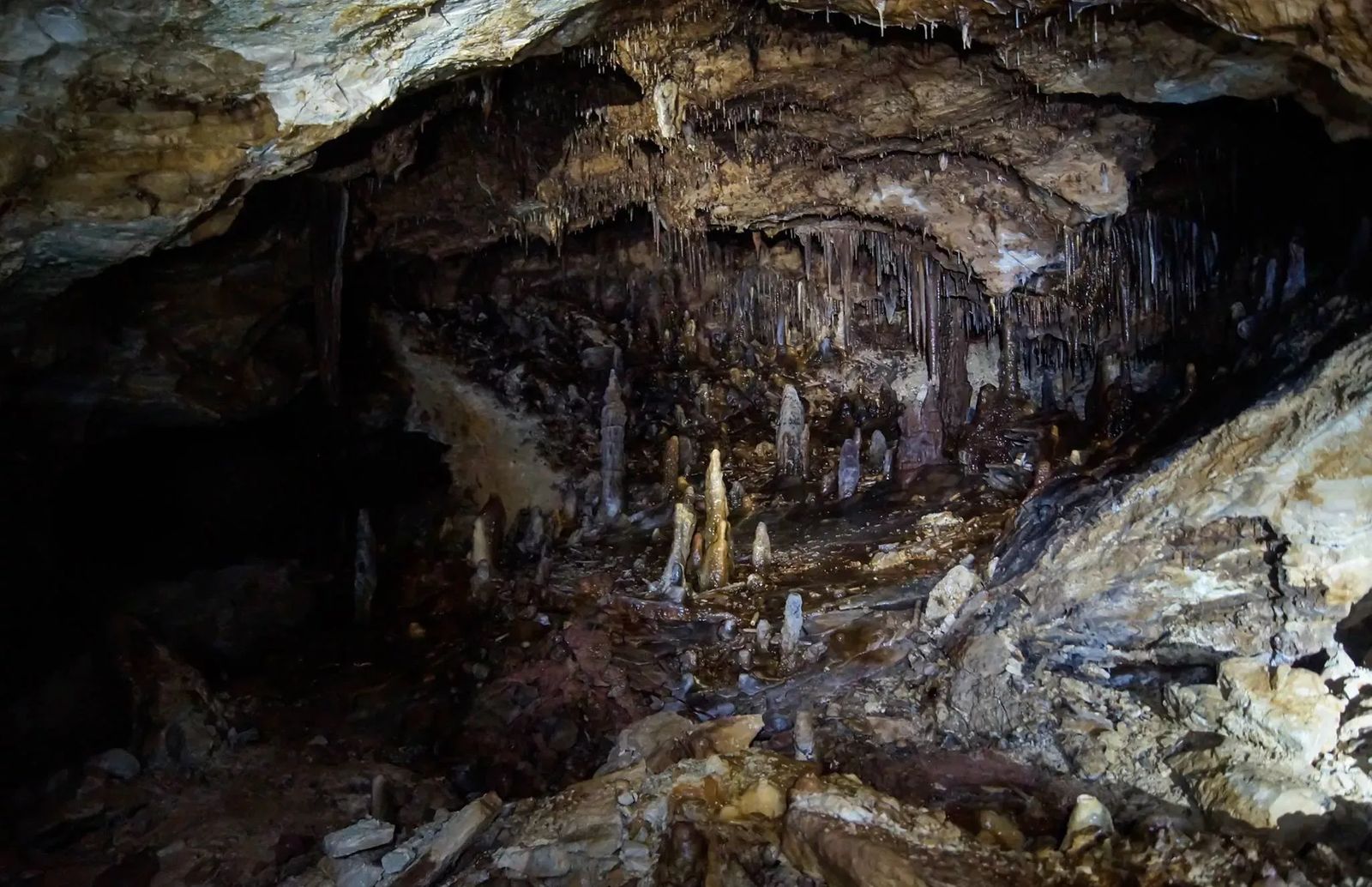
Expand the World Surveying Caverns
After you have explored a multitude of caves throughout the area (or even around the world), you may have the desire to get a bit more involved that simply sightseeing. Become a member of the Northern Rocky Mountain Grotto and you can get teamed up with some other cave enthusiasts. With this group you can get hooked up with exploration teams that are surveying caves that have no public access (or newly discovered caves).

Surveying caverns is quite a unique experience. It involves taking a number of measurements, plotting rooms, drawing formations and boulders, and if you do it right you may even be able to name the rooms or the formations. There are a lot of surveying expeditions, and those who are doing the work always need more volunteers.
Just remember the rules of caving: take nothing but pictures, leave nothing but footprints, kill nothing but time.
 by Scott Sery
by Scott SeryScott is a writer, outdoor enthusiast, beer snob, and woodworker. When he is not out exploring all of the wonders around Billings, he loves to sit down for a frosty brew at one of the many great breweries we have available to us. You can read about most of his adventures, and many of the fine brews he has sipped right here. Find out more about Scott at ScottSery.com
